Speaker
Description
Starburst galaxies (SBGs) and more in general starforming galaxies represent a class of galaxies with a high star formation rate (up to 100 Mo/year). Despite their low luminosity, they can be considered as guaranteed “factories” of high energy neutrinos, being “reservoirs” of accelerated cosmic rays and hosting a high density target gas in the central region. The estimation of their point-like and diffuse contributions to the neutrino astrophysical flux measured by IceCube can be crucial to describe the diffuse neutrino spectral features as well as the peculiar point-like excess like NGC1068. To this aim we used the most updated gamma-ray catalog of this class of objects to perform a multimessenger study and describe their gamma-ray emission through a calorimetric scenario.
A whole sky analysis was performed through a blending of the measured spectral indexes and obtained a multi-component description of extragalactic background light (EGB), high energy starting events (HESE) and high-energy cascade IceCube data. Remarkably, we found that, differently from recent prototype scenarios, the spectral index blending allows starburst galaxies to account for up to 40% of the HESE events at 95.4% CL and favors a maximal energy of the accelerated cosmic rays at tens of PeV. The same calorimetric approach has been applied also to the known
SBGs within 100 Mpc, considering, where possible, a source-by-source description of the star formation rate obtained from IR and UV observations. On this regard we showed how Future CTA measurements will be crucial to link the observed gamma-ray fluxes from resolved SBGs with their star-forming activity as well as to disentangle the cosmic-ray transport inside the core of these galaxies. The expected neutrino emission, related to this scenario, are then compared with what can be expected from the Global Neutrino Network.

